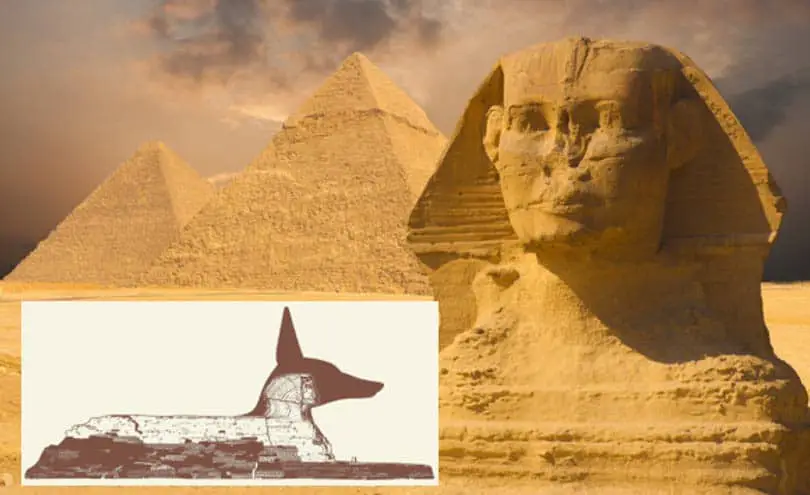The ancient Egyptians have captivated me and millions more around the globe. Hieroglyphs, lost technology, buried pharaohs, pyramids, higher levels of consciousness, the list goes on and on, but the civilization is as fascinating as it is mysterious.
One of the biggest mysteries in Ancient Egypt swirls around the famous statue of the sphinx. Why was it built? Who built it ? And when was it built ?
The sphinx is traditionally thought to be built around 2,500 B.C. (almost 5,000 years ago). But how was that date determined? Carbon dating is the most accurate and scientific way of dating ancient objects, BUT carbon dating doesn’t work on stone structures. And new analysis is finding that the “erosion patterns” around the sphinx don’t seem possible to fit the current timeline.
New Evidence suggests that if the erosion patters around the sphinx are from water erosion, then the Sphinx might be over 10,000 years old. If this it true, then it would re-write history.
Let’s dive in.
History of Dating The Age of the Sphinx
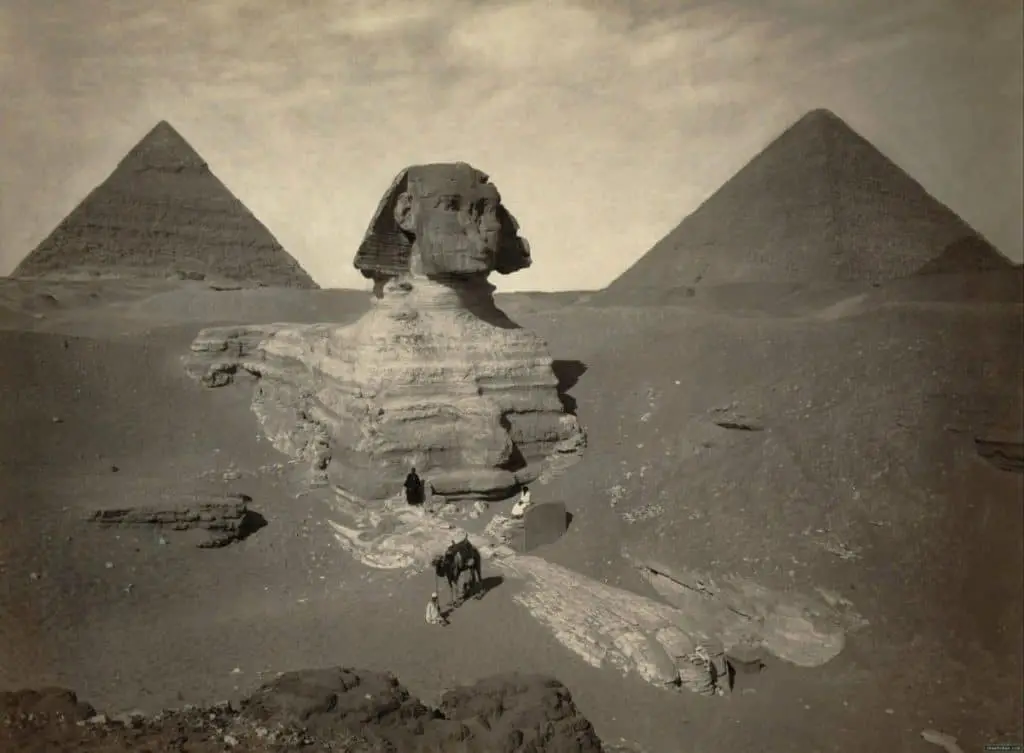
Unlike the Great Pyramid, the sphinx is not made up of individual blocks. It is one piece of stone, carved directly out of the lime-stone bedrock. This means there are not any organic materials (woods, cloths, metals) that can be used to accurately date the time the stone was carved.
Traditionally it’s been believed by Egyptologists that the Sphinx is approximately 4,500 years old.
Traditional Egyptologists link the age of the Sphinx to the Pharaoh Khafre. For it is believed that Khafre is the face that the Sphinx supposedly resembles.
There is NO hieroglyphic evidence linking the Sphinx to Khafre , but there IS SOME archeological evidence.

Linking the Sphinx to Khafre dates all the way back to 1853 to the research of Auguste Mariette. Auguste unearthed a life-size statue of Khafre (carved with incredible realism) amid the ruins of the temple adjacent to the Sphinx. This temple would later be called “the Valley Temple”).
“Khafre had four twenty-six foot long sphinxes constructed during his time, two in front of each entrance to his Valley Temple.”
Khafre (who lived 2603-2578 B.C.) is also given credit for the second tallest pyramid built at Giza,
The Question Of Water Erosion On The Sphinx vs. Age
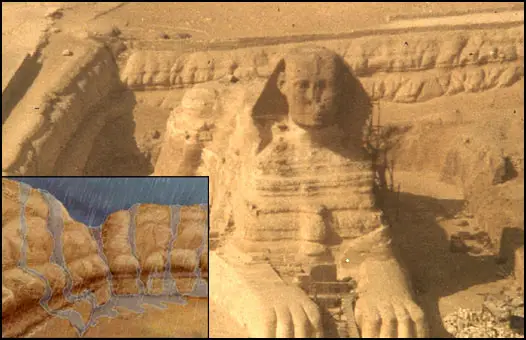
Recently many geologists have been looking at the erosion patterns on both the body of the sphinx, and the surrounding walls on the sphinx enclosure.
Leading this geological study on the erosions patterns is Dr. Robert M. Schoch who earned his Ph.D. in Geology and Geophysics at Yale University in 1983.
Dr. Schoch and others believe that the water erosion patterns couldn’t have happened in the dry Egyptian climate, but must have happened when the Egyptain climate was much rainier. This theory would push the construction of the sphinx back between 10,000 & 12,000 B.C. TWICE AS OLD AS MAINSTREAM ARCHEOLOGISTS BELIVE.
Water Erosion vs. Wind Erosion on The Sphinx

The erosion patterns on the sphinx are quite unique. One can imagine that being left exposed in the dry, sunny, windy, and sandy desert for thousands of years can leave a mark.
But, not all the erosion patterns look consistent with what you would expect from 5,000 years in a dry desert.
Water Erosion
Some of the erosion patterns clearly look like they’re from RAIN water erosion. This type of erosion wouldn’t have been possible 5,000 years ago because Egypt was too dry. But 10,000 to 12,000 years ago the climate of Egypt was much less dry and much rainy. These are the conditions that would explain the heavy amount of rain water erosion.
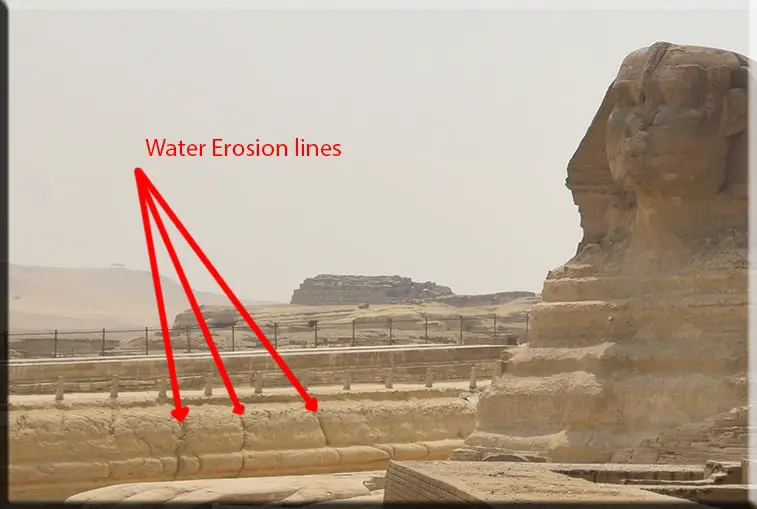
According to Dr. Schoch, various structures that have been dated to the Old Kingdom (4,000 – 5,000 years ago) show only erosion that was caused by wind and sand. The wind and sand erosion on other structures is very distinct and different from the water erosion on the sphinx.
“The vertical fissures observed in the walls of the Sphinx Enclosure show diagnostic signs of having been formed by precipitation and water runoff.”
Wind Erosion
Leading archeologist Dr. Zahi Hawass believes that the erosion patterns are only from the wind. Hawass argues that the limestone was already poor condition for millions of years prior to excavating the sphinx. He believes that the “existing poor condition” of the limestone is why the erosion is the way that it is.
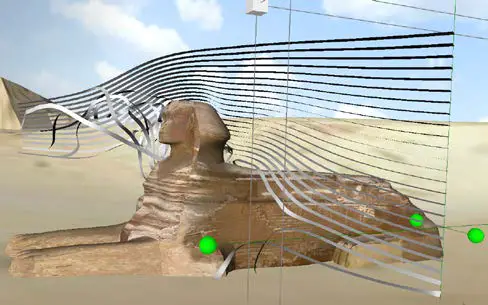
Dr. Schoch and Egyptologist John Anthony West both argued that other structures and surfaces on the Giza Plateau are made from the same band of limestone as the Sphinx enclosure, but do NOT show the same erosion as the walls of the Sphinx enclosure.
If the erosion was just wind, then these blocks should show the same patterns.
Was The Great Sphinx Surrounded By A Moat?
Dr. Schoch looked into this theory with great curiosity when he went to Egypt. After looking at mnay theories he found that it wasn’t likely that the sphinx was surrounded by water.

The bedrock in the enclosure would leak like a sieve.
The sphinx enclosure would have to be fully sealed up (with mortar or cement, perhaps), and there is no evidence of such sealing.
If the enclosure had been sealed in such a manner, it wouldn’t take into account or be compatible with the deep vertical fissures.
Also, the chambers and tunnels under the Sphinx would have been flooded from above if the Sphinx had been sitting in a pool of water. Unless of course the Sphinx Enclosure had been watertight.
To put it simply, the moat theory does not hold water according to the geological expertise of Dr. Schoch.
Was The Sphinx Head Originally A Lioness or a Jackal ?
What amazes most people about the ancient Egyptians was their advanced understanding of the Earth, the human body, the cosmos, and where everything was in proportion to itself.
The great pyramid was aligned perfectly to the North, South, East, And West. The great pyramid was also created in direct proportion to the mass of the Earth and the radius of the sun.
But when you look at the sphinx, the head is way too small in proportion to the body.
So how did the same civilization that built a pyramid is direct proportion to the size of the earth, screw up the proportion to the Sphinx?
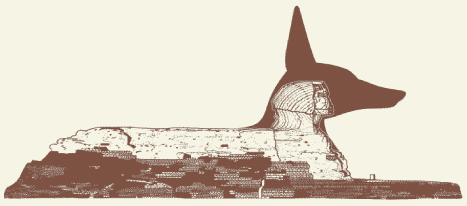
One proposed explanation is that the current head, isn’t the original head.
If the sphinx head has originally been a lion or jackal head, the proportion to the body would be exact.
Dr. Robert Schoch believes It is clear to him that the current head is not the original head. The original head would have become severely weathered and It was most likely re-carved by a later Pharaoh, naturally making the head smaller.
This theory is also back by Historical architect Dr Jonathan Foyle, who agrees that the head and body are massively out of proportion. He said the reason for this could be that the Sphinx originally had an entirely different head – that of a lion.
Is the Sphinx Aligned With The Stars?
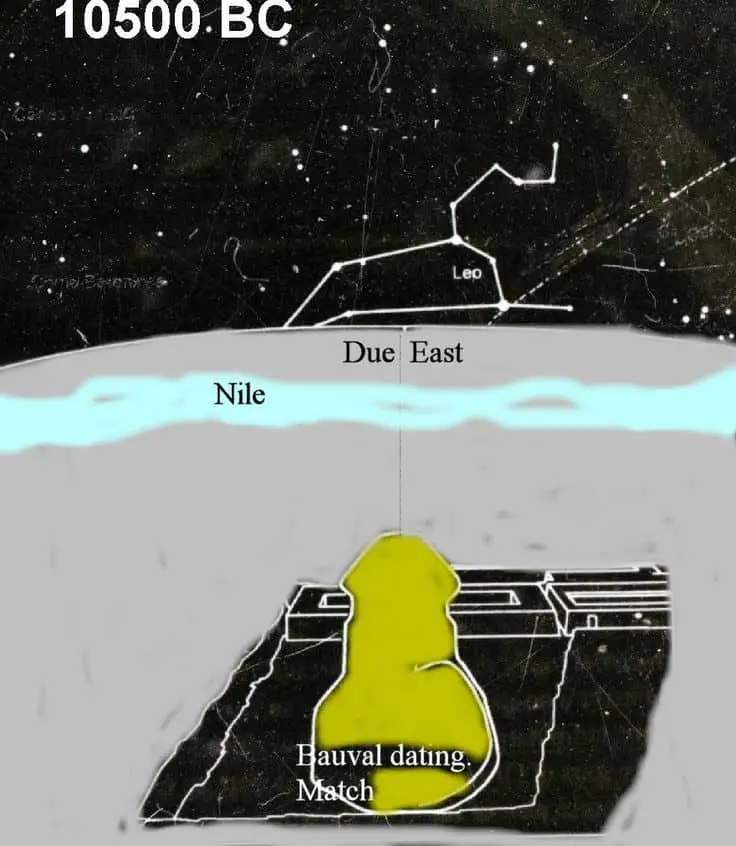
Currently, the sphinx is not aligned with any stars or constellations. However, in the year 10,500 B.C. the sphinx would have been perfectly aligned with the constellation Leo. Around this same time period the 3 largest pyramids would have also been aligned with the constellation of Orion’s Belt.
Conclusion: Geologists Vs. Archeologists
When it comes to “undisputed proof” of the age of the sphinx, there is none.
The archeological evidence has been presented in the form of statues and monuments claiming credit for the sphinx that date back to the Egyptian Pharaoh, Khafre, who lived 4,500 years ago.
BUT, the geological evidence paints a different picture. The geological evidence and specifically the water erosion around the ‘sphinx enclosure’ is proposed to push the date of the sphinx creation back to 11,000 B.C.
When it comes to geology vs. archeology, both are sciences that cannot be ignored. You can’t look at one and ignore the other.
When the evidence is looked at objectively side by side it becomes clear that something seems to be missing from the traditional model of dating the sphinx.
Check Out Our Other Interesting Articles About Ancient Egypt…
- The Ankh (unk) Symbol: Ancient Egyptian Meaning
- How Old Are The Pyramids in Egypt? The Science
- How Old Is The Great Sphinx of Giza ? New Evidence
- What Is The Egyptian Eye Of Ra ? Symbolism Explained
- The Eye of Horus vs. The Eye of Ra | Meaning
- Did Ancient Civilizations Use Psychedelics? You Bet They Did !
- Scarab Beetle Symbolic Meaning | History & Origin
Loved what you read?
Hit that share button and let the world in on the secret – we’d be thrilled!
Got thoughts? We’re all ears for your feedback, corrections, or a good old chat. Don’t be shy; drop us a line.
And hey, don’t miss out on our curated list of must-reads in the recommended books section.
Big thanks for diving in with us today!


